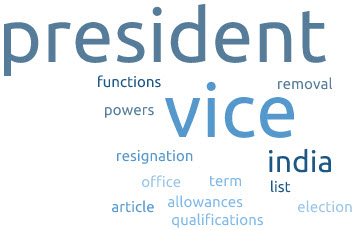1401 Q) Who curbed the Judicial Review power of Judiciary through Amendment of the Constitution— (A) State Legislature(B) Parliament(C) Council of State(D) Legislative Council
1402 Q) Who curbed the Judicial Review power of Judiciary through Amendment of the Constitution— (A) State Legislature(B) Parliament(C) Council of State(D) Legislative Council
1403 Q) Who decides allotment of symbols to Political Parties— (A) Political Party leader(B) Political Party Governing Committees(C) Election Committee of Political Party(D) Election Commission
1404 Q) Who decides de-recognition of the Political Party solely on the basis of its performance at the election, e.g., bycotting of the election— (A) Supreme Court of India(B) Election Commission(C) High Court(D) District Court
1405 Q) Who decides disputes relating with the allotment of symbols to Political Parties— (A) Representation Act 1952(B) Representation Act 1953(C) Representation of the People Act 1951(D) Election Commission
1406 Q) Who declares the financial emergency— (A) President(B) Prime Minister(C) Finance Minister(D) None of the above
1407 Q) Who discovered the laws of planetary motion ? (A) Copernicus(B) Kepler(C) Aryabhatta(D) Newton
Advertisements





